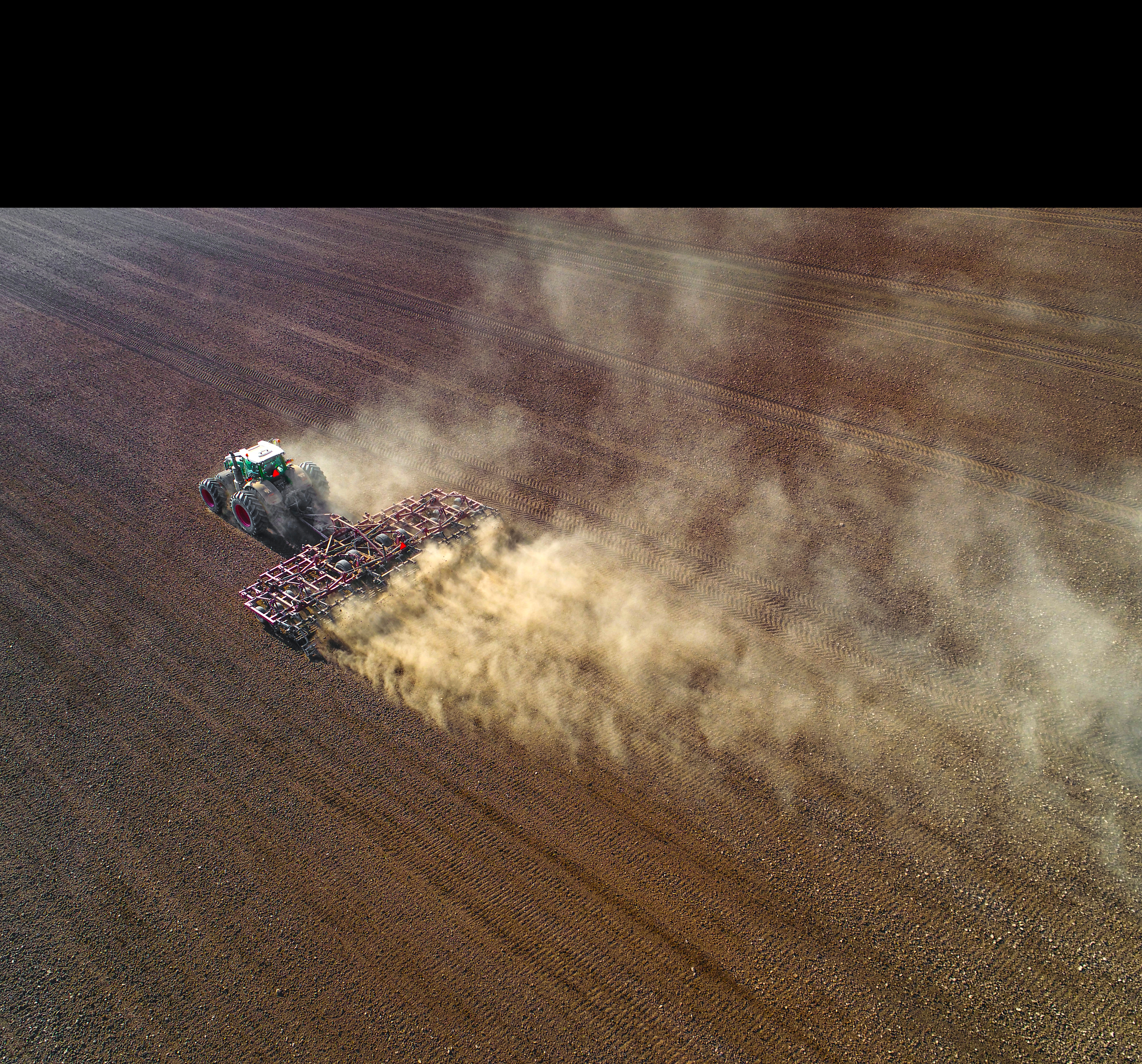
Producers often use a selected tillage system based on tradition and their familiarity with it. They need to "push the pencil" some when considering changes in their tillage operations to compare options and alternatives. Gleaning from others' experiences before choosing a tillage system or investing in new or different equipment can be cost-effective as well.
To minimize equipment needs, the selection of a tillage system should consider all crops in the crop rotation across all the soils of the farm. However, there may be some soils or some crops which may perform better with a different tillage system than the system selected for the rest of the farm. In these situations, a careful machinery analysis needs to be performed to see if the yield benefits would cover the additional fixed and variable costs of two or more tillage and planting systems. Sometimes, this analysis justifies the additional equipment, such as with no-till drilled soybeans and/or wheat combined with a mulch-till corn or strip-till for sugar beets while no-tilling the other crops in the rotation. Other times, it may be desirable to use only one tillage system, such as with ridge-planting with continuous row crops or no-till for all crops.
Each tillage system has its advantages and disadvantages and producers need to consider their management abilities as well. Fuel and labor needs must be analyzed, but vary greatly as there are many ways of doing the same tillage system, depending on the crops raised, size of equipment, operating depths, soil types, and a host of other variables. Yields vary greatly, depending on weather, soils, location, available moisture, rotations, management ability, and a host of other factors. The yields from a long-term tillage system comparison at the Rogers Memorial Farm shows that continuous no-till is usually the highest yield.

